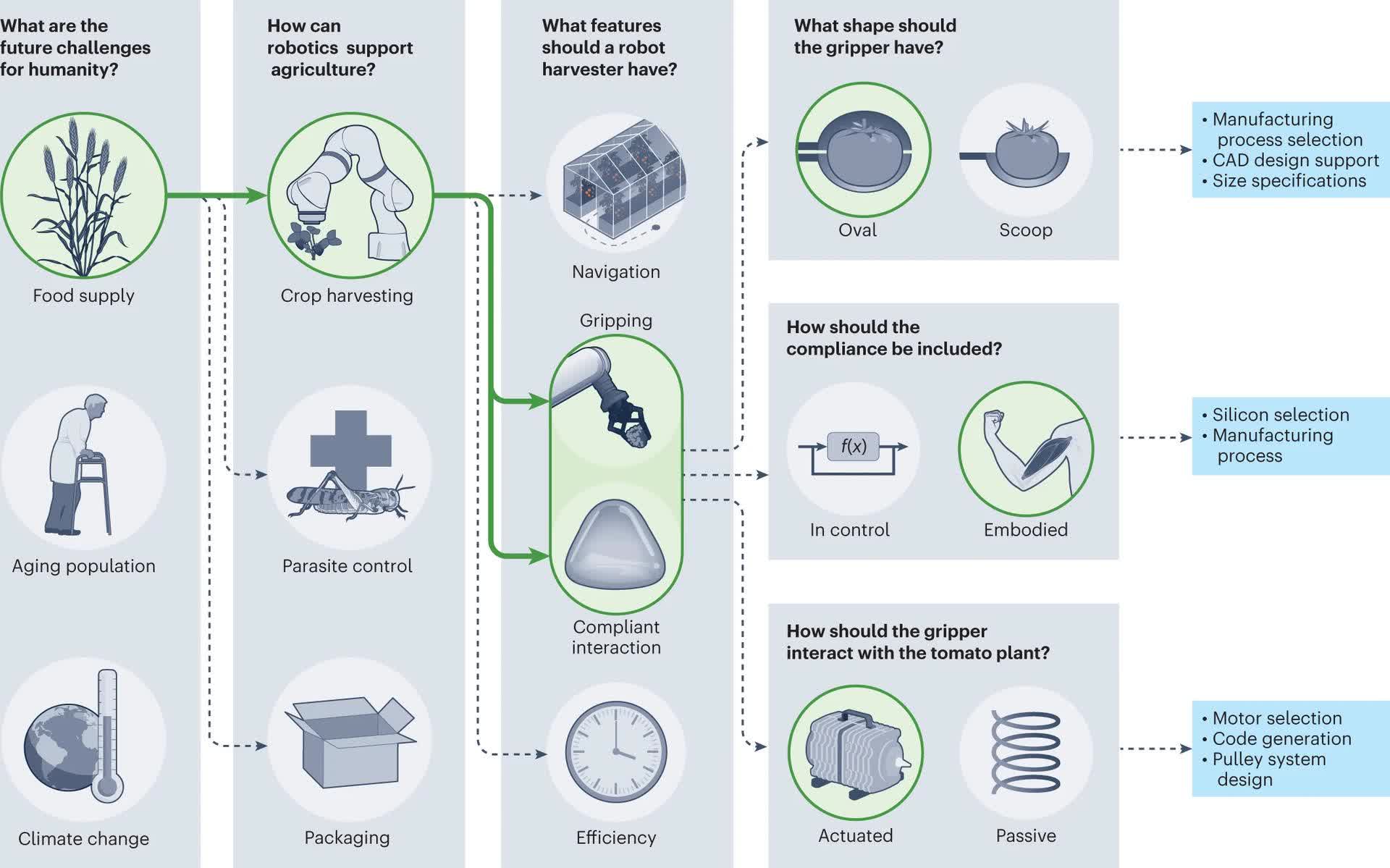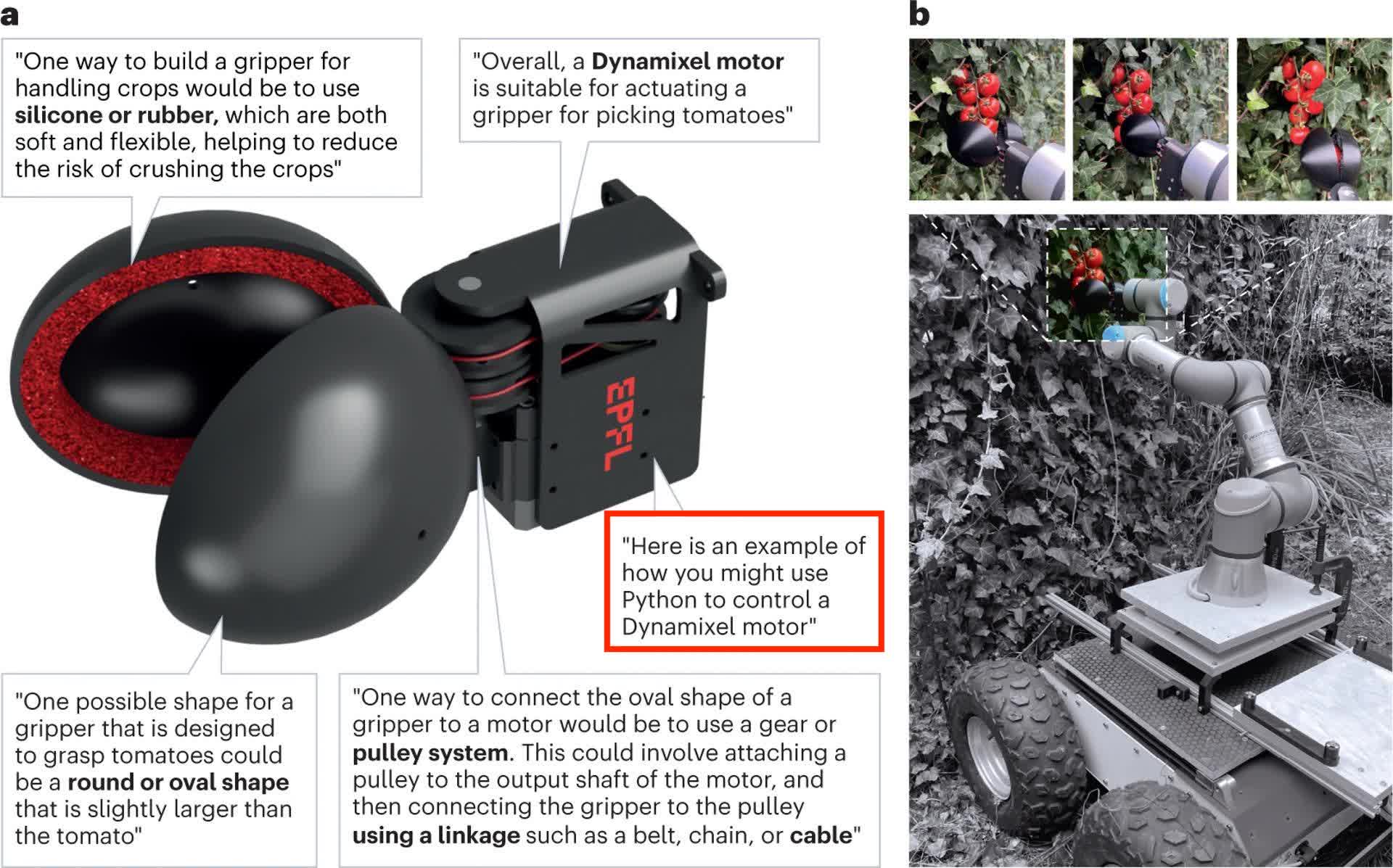The big picture: AI tools like ChatGPT are generating a lot of buzz at the moment, but most people tend to view them in extremes, as either a novelty or as a disruptive force in the labor market. Researchers at TU Delft and EPFL believe these tools can be useful when used as a sounding board for stimulating and accelerating human creativity, but they're not as convinced that AI can replace humans anytime soon.
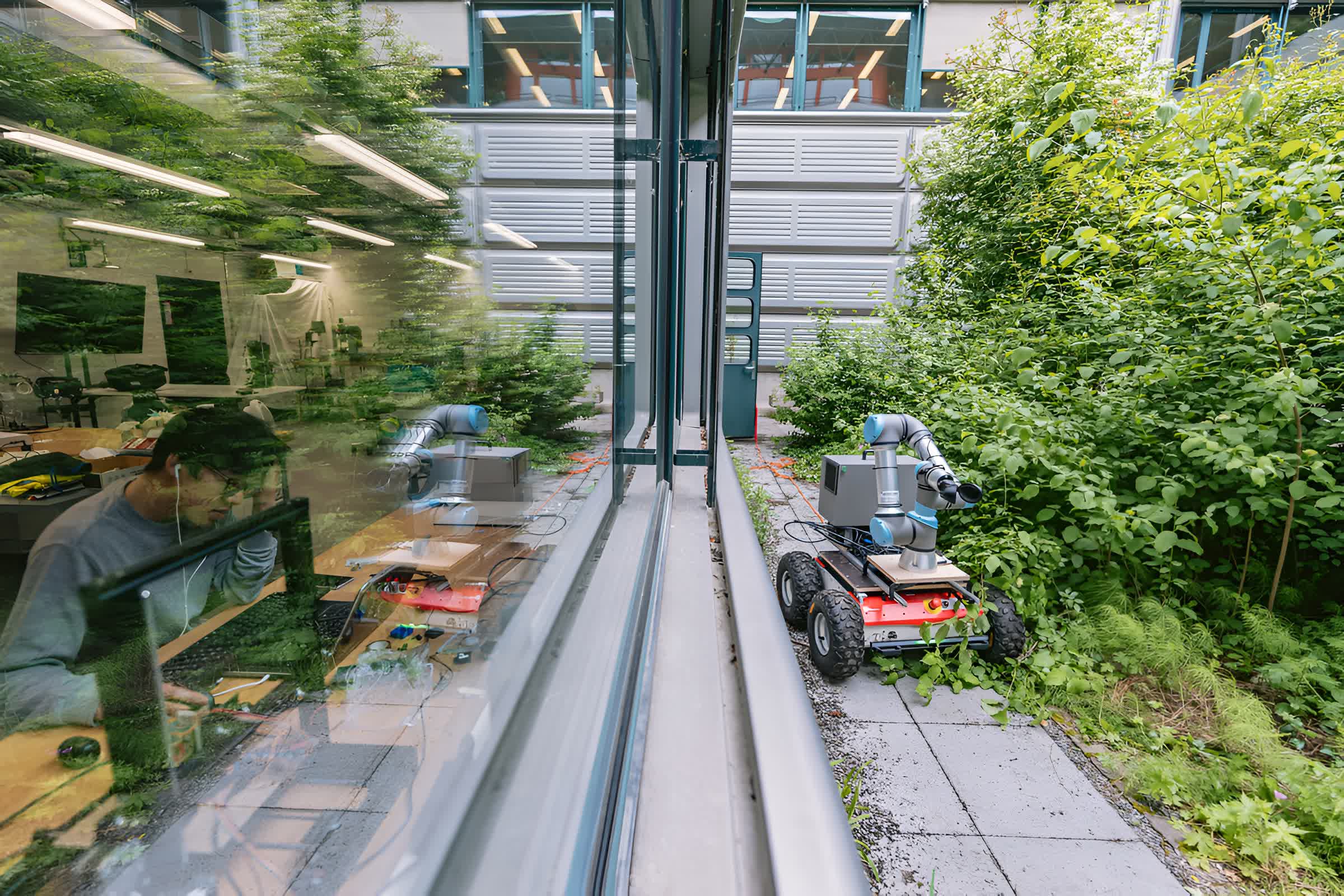
By now, even casual followers of tech news have heard of AI tools like ChatGPT and its clones. Ever since its public release in November 2022, the chatbot created by OpenAI has captured everyone's attention thanks to its uncanny ability to offer convincing responses to questions pertaining to several domains of knowledge.
While most people have heard of ChatGPT, very few have interacted with it, and fewer still have found ways to use it for their day-to-day productivity tasks. That's likely to change as more companies push for it to be integrated into the workplace, and startups are already flocking to OpenAI's tech and its open-source alternatives to develop new online services.
One of the many potential applications for large language models (LLMs) like the one powering ChatGPT has to do with transforming the robotics design process. As detailed in a paper recently published in Nature Machine Intelligence, researchers at TU Delft in the Netherlands and École Polytechnique Fédérale de Lausanne (EPFL) in Switzerland have taken the task of evaluating whether or not ChatGPT can offer a productivity boost to robotics engineering teams as well as the challenges of integrating it into their traditional workflow.
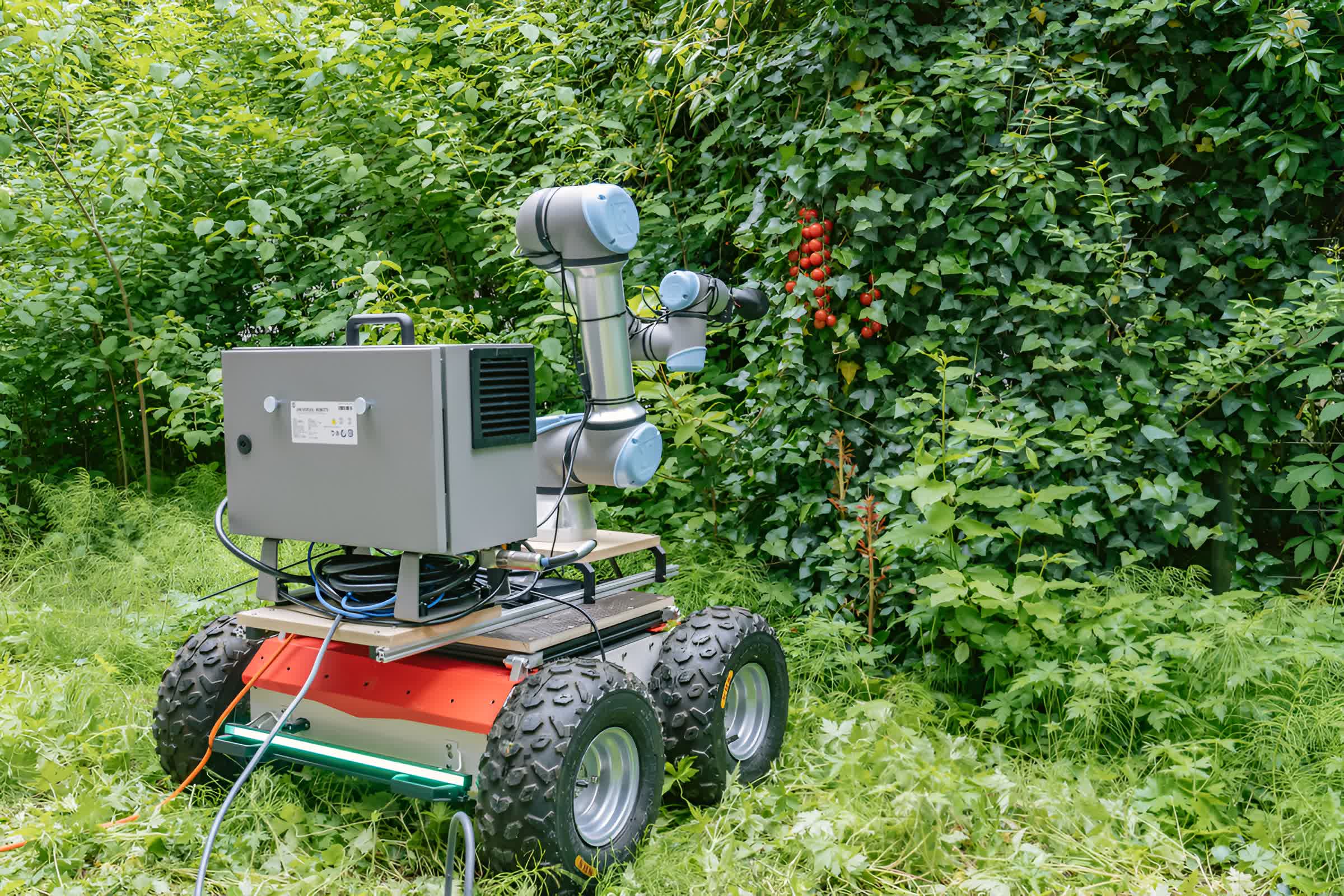
Cosmino Della Santina, who co-authored the case study, explained in a statement that "we wanted ChatGPT to design not just a robot, but one that is actually useful." To that end, the team chose to build a tomato-harvesting robot and asked ChatGPT to aid with various design decisions. The researchers were pleasantly surprised to see that ChatGPT recommended tomatoes as one of the most economically valuable crops to automate, as well as the use of silicone and rubber as gripper materials to avoid crushing the tomatoes during the harvesting process.
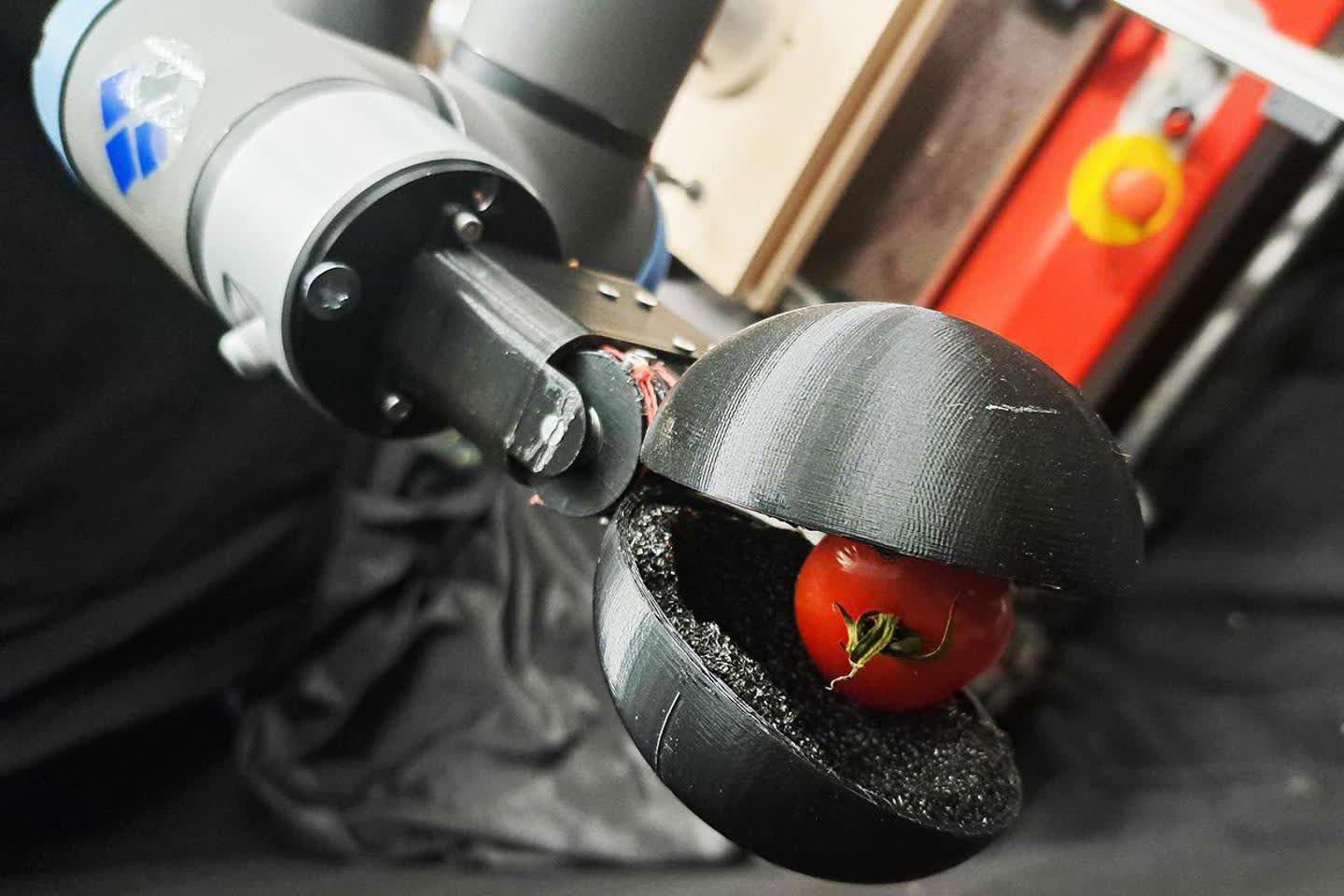
In other words, scientists found that using LLMs could be used to offload some of the high-level design work and allow engineers to focus on more technical tasks. Tools like ChatGPT can also prove useful in researching aspects of a robotics project that are outside of the area of their area of expertise.
One of the main concerns about AI tools is that they could be used as a substitute for human labor, and that sentiment has only been amplified by recent news of drive-thru restaurants like Wendy's are looking to use chatbots to replace human order-takers. However, the researchers behind the tomato-harvesting robot believe a scenario where tools like ChatGPT can provide all the input needed for robot design isn't possible today and likely won't be for a long time.
Della Santina explains that using LLMs for everything is hardly a desirable approach when the responses coming out of a chatbot often contain biased, misleading, or downright false or fabricated information. The way these tools work is they sift through a large pool of public knowledge and use advanced statistics to guess the most adequate response to your request. LLMs also raise other important issues such as plagiarism and the need to protect intellectual property when using such tools.
LLMs can also be used to generate code, but the output is usually less than ideal if not unusable. Researchers found that they needed to evaluate and clean up the code for controlling the tomato-picking robot, which is hardly surprising given that ChatGPT isn't specifically designed as a programming tool. Even tools like GitHub CoPilot which are geared toward this use case are only meant to help with menial tasks or automate some tedious parts of the software development process.
Generating the necessary CAD models for the mechanical design and the electronic circuitry of the tomato-harvesting robot were two other areas where engineers had to do most of the work. Here, ChatGPT only proved useful in brainstorming ideas around the shape and size of the gripper. That said, companies like Nvidia are already using specialized AI models to design chips, while NASA engineers are using similar tools for designing bespoke hardware components called "evolved structures."
Ultimately, Della Santina and his team believe the onus is on the robotics community to determine "how to leverage these powerful tools to accelerate the advancement of robots in an ethical, sustainable, and socially empowering way."
Image credit: Adrien Buttier
https://www.techspot.com/news/99010-chatgpt-designed-first-robot-kind.html
